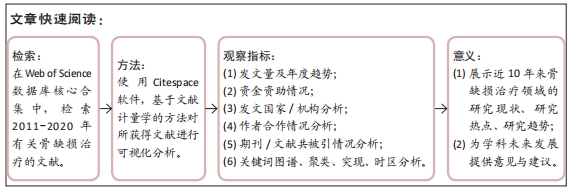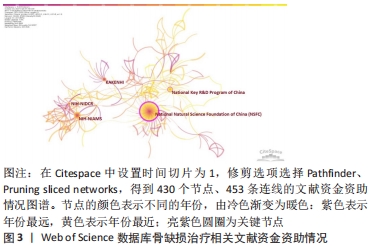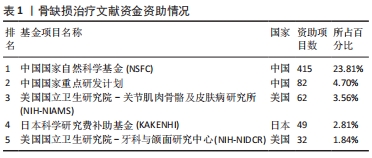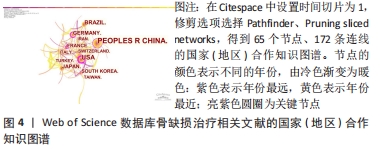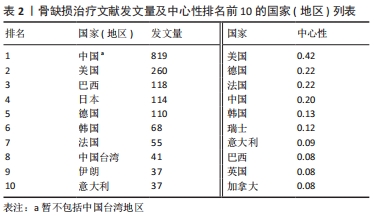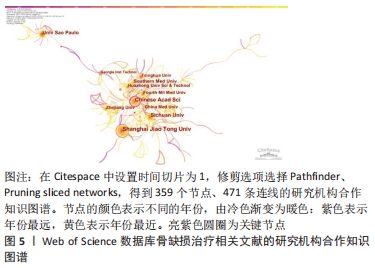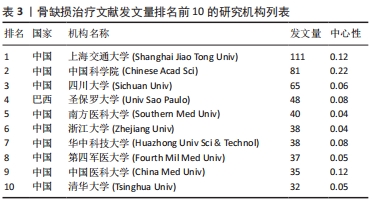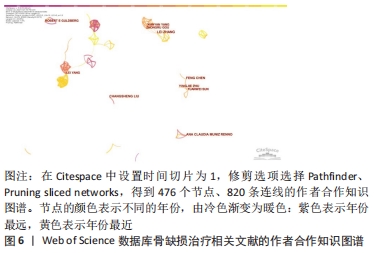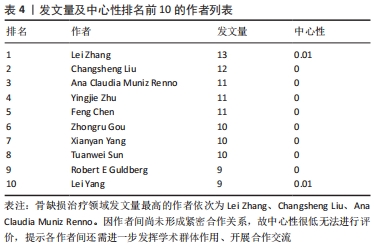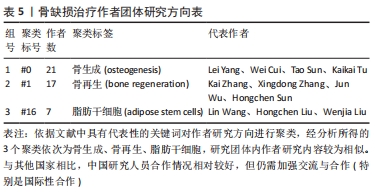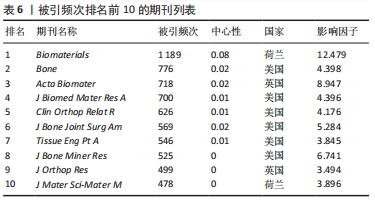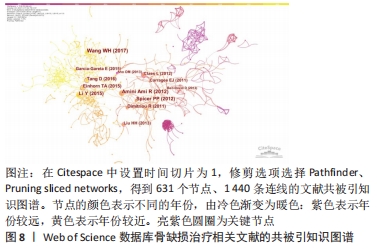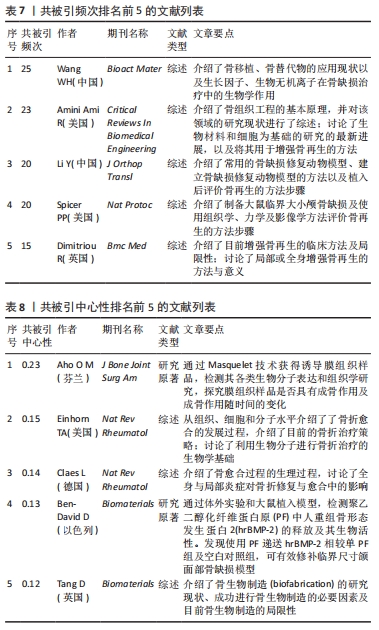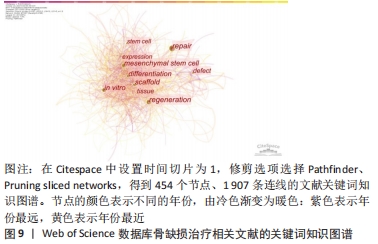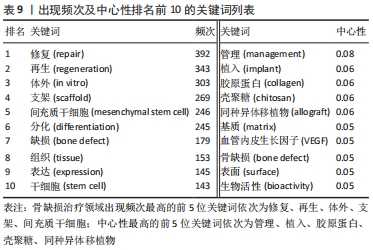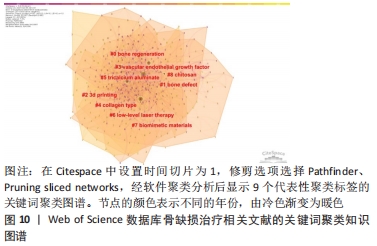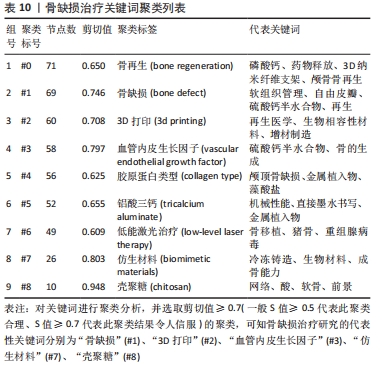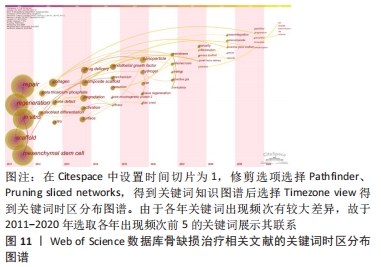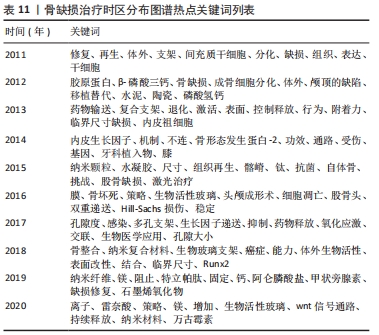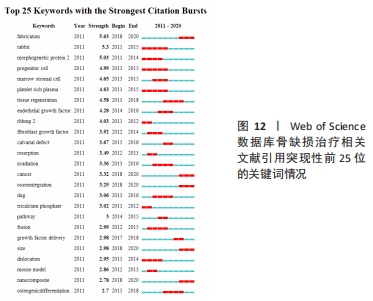[1] SCHLUMBERGER M, MAYR R, KOIDL C, et al. Treatment of tibial nonunion with bone defect using a heterotopic ossification as autologous bone graft: literature overview and case report. Eur J Orthop Surg Traumatol. 2018;28(4):741-746.
[2] ZHANG R, LIU J, YU S, et al. Osteoprotegerin (OPG) Promotes Recruitment of Endothelial Progenitor Cells (EPCs) via CXCR4 Signaling Pathway to Improve Bone Defect Repair. Med Sci Monit. 2019;25:5572-5579.
[3] HUANG Z, XU J, CHEN J, et al. Photoacoustic stimulation promotes the osteogenic differentiation of bone mesenchymal stem cells to enhance the repair of bone defect. Sci Rep. 2017;7(1):15842.
[4] BAUER TW, MUSCHLER GF. Bone graft materials. An overview of the basic science. Clin Orthop Relat Res. 2000;38(371):10-27.
[5] BHUMIRATANA S, BERNHARD JC, ALFI DM, et al. Tissue-engineered autologous grafts for facial bone reconstruction. Sci Transl Med. 2016; 8(343):343r-383r.
[6] ZWINGENBERGER S, NICH C, VALLADARES RD, et al. Recommendations and considerations for the use of biologics in orthopedic surgery. BioDrugs. 2012;26(4):245-256.
[7] 冯晓东,程芳芳,郭军,等.个体化组织工程骨与同种异体骨修复人长骨缺损的临床疗效和安全性对比[J].局解手术学杂志,2020, 29(11):883-889.
[8] ZHANG L, YANG G, JOHNSON BN, et al. Three-dimensional (3D) printed scaffold and material selection for bone repair. Acta Biomater. 2019;84:16-33.
[9] 徐心怡,于琦,王琪,等.近30年我国健康教育政策的计量分析[J].现代预防医学,2020,47(18):3343-3347.
[10] 邵一鸣,周志伟,胡振宇,等.基于文献计量学的垂直农场研究现状分析[J].华中农业大学学报,2020,39(06):144-154.
[11] 黄娜,刘家玥,黄英杰,等. Web of Science数据库近5年股骨头坏死文献计量学及可视化分析[J].中国组织工程研究,2021,25(17): 2711-2718.
[12] 温帅波,韩杰,吴钰坤.来自Web of Science数据库软骨修复15年相关文献的计量学及可视化分析[J]. 中国组织工程研究,2021, 25(17):2657-2663.
[13] 刘静,郑丽维,杨晨晨,等.高血压与肠道菌群相关性研究文献计量学分析[J].中国全科医学,2018,21(24):2922-2926.
[14] 段明香,徐聪,莫明露,等.基于知识图谱的2型糖尿病发病机制研究的可视化分析[J].重庆医科大学学报,2018,43(06):756-762.
[15] 许革新,张云霞,张海英.干细胞治疗阿尔茨海默病的研究现状及发展趋势[J].中国组织工程研究,2019,23(33):5378-5384.
[16] 张旭东,董四平,杨威,等.基于CiteSpace的我国临床营养研究可视化分析[J].中国医疗管理科学,2021,11(2):91-96.
[17] 陈悦,陈超美,刘则渊,等. CiteSpace知识图谱的方法论功能[J].科学学研究,2015,33(2):242-253.
[18] 李杰,陈超美. citespace科技文本挖掘及可视化[M].北京:首都经济贸易大学出版社,2016.
[19] LI L, ZHOU G, WANG Y, et al. Controlled dual delivery of BMP-2 and dexamethasone by nanoparticle-embedded electrospun nanofibers for the efficient repair of critical-sized rat calvarial defect. Biomaterials. 2015;37:218-229.
[20] LIN K, XIA L, LI H, et al. Enhanced osteoporotic bone regeneration by strontium-substituted calcium silicate bioactive ceramics. Biomaterials. 2013;34(38):10028-10042.
[21] ZHANG J, LIU X, LI H, et al. Exosomes/tricalcium phosphate combination scaffolds can enhance bone regeneration by activating the PI3K/Akt signaling pathway. Stem Cell Res Ther. 2016;7(1):136.
[22] TAO ZS, ZHOU W S, TU KK, et al. Effect exerted by Teriparatide upon Repair Function of beta-tricalcium phosphate to ovariectomised rat’s femoral metaphysis defect caused by osteoporosis. Injury. 2015; 46(11):2134-2141.
[23] CUI W, LIU Q, YANG L, et al. Sustained Delivery of BMP-2-Related Peptide from the True Bone Ceramics/Hollow Mesoporous Silica Nanoparticles Scaffold for Bone Tissue Regeneration. ACS Biomater Sci Eng. 2018;4(1):211-221.
[24] TAO ZS, QIANG Z, TU KK, et al. Treatment study of distal femur for parathyroid hormone (1-34) and beta-tricalcium phosphate on bone formation in critical size defects in rats. J Biomater Appl. 2015;30(4): 484-491.
[25] YUAN B, WANG L, ZHAO R, et al. A biomimetically hierarchical polyetherketoneketone scaffold for osteoporotic bone repair. Sci Adv. 2020;6(50):eabc4704.
[26] ZHANG K, ZHOU Y, XIAO C, et al. Application of hydroxyapatite nanoparticles in tumor-associated bone segmental defect. Sci Adv. 2019;5(8):x6946.
[27] FU X, ZHOU X, LIU P, et al. The optimized preparation of HA/L-TiO2/D-TiO2 composite coating on porous titanium and its effect on the behavior osteoblasts. Regen Biomater. 2020;7(5):505-514.
[28] WANG L, XU X, HUO N, et al. A combination of insulin and ubiquitin A20 promotes osteocalcin expression in adipose-derived stem cells. Biochem Cell Biol. 2013;91(6):513-518.
[29] WANG L, WANG H, XU X, et al. Insulin facilitates osteoblast differentiation. Cell Biol Int. 2013;37(11):1157-1161.
[30] WANG W, YEUNG K. Bone grafts and biomaterials substitutes for bone defect repair: A review. Bioact Mater. 2017;2(4):224-247.
[31] AMINI AR, LAURENCIN CT, NUKAVARAPU SP. Bone tissue engineering: recent advances and challenges. Crit Rev Biomed Eng. 2012;40(5):363-408.
[32] LI Y, CHEN SK, LI L, et al. Bone defect animal models for testing efficacy of bone substitute biomaterials. J Orthop Translat. 2015;3(3):95-104.
[33] SPICER PP, KRETLOW JD, YOUNG S, et al. Evaluation of bone regeneration using the rat critical size calvarial defect. Nat Protoc. 2012;7(10):1918-1929.
[34] DIMITRIOU R, JONES E, MCGONAGLE D, et al. Bone regeneration: current concepts and future directions. BMC Med. 2011;9(1):66.
[35] EINHORN TA, GERSTENFELD LC. Fracture healing: mechanisms and interventions. Nat Rev Rheumatol. 2015;11(1):45-54.
[36] CLAES L, RECKNAGEL S, IGNATIUS A. Fracture healing under healthy and inflammatory conditions. Nat Rev Rheumatol. 2012;8(3):133-143.
[37] TANG D, TARE RS, YANG LY, et al. Biofabrication of bone tissue: approaches, challenges and translation for bone regeneration. Biomaterials. 2016;83:363-382.
[38] AHO O M, LEHENKARI P, RISTINIEMI J, et al. The mechanism of action of induced membranes in bone repair. J Bone Joint Surg Am. 2013;95(7): 597-604.
[39] BEN-DAVID D, SROUJI S, SHAPIRA-SCHWEITZER K, et al. Low dose BMP-2 treatment for bone repair using a PEGylated fibrinogen hydrogel matrix. Biomaterials. 2013;34(12):2902-2910.
[40] 叶鹰.文献计量法和内容分析法的理论基础及软件工具比较[J]. 评价与管理,2005,3(3):24-26.
[41] TOMAS CA, PETER I. Informetric analyses on the world wide web: methodological approaches to ‘webometrics’. J Documentation. 1997; 53(4):404-426.
|
